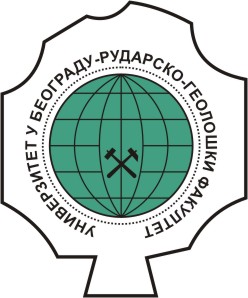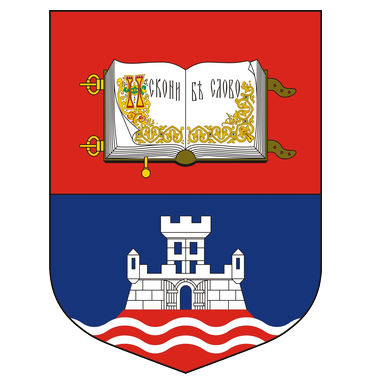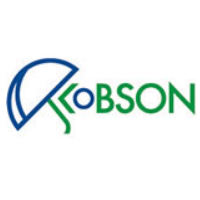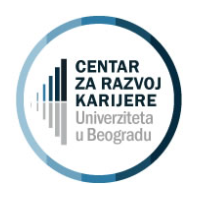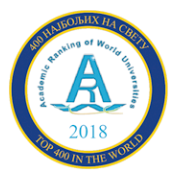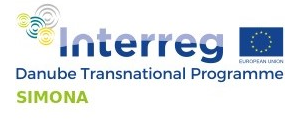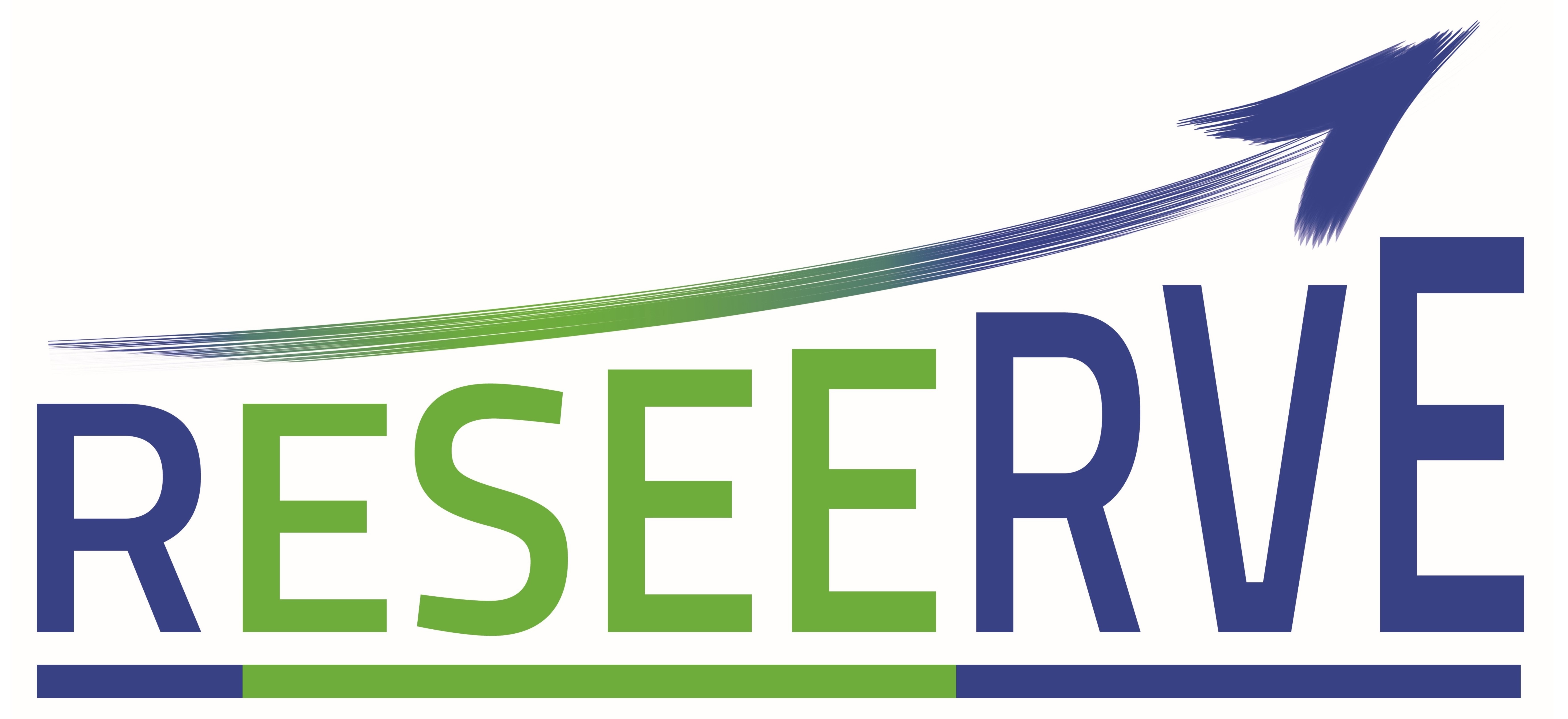Study program:
Geotechnics (I semester -PhD)
Mining Engineering (I semester -PhD) |
|
Name of subject: Geostatistics and GIS |
Instructors:
Prof. Ranka Stanković |
|
Status: Optional |
|
ECTS: 10 |
|
Prerequisites: - |
Course Objectives:
Introduction to geodatabase design, mastering techniques of geodata management, geostatistical analysis and modeling of georeferenced spatial data. |
Learning Outcomes:
Students will be introduced to the basics of geographic information systems, the development of geo-data, as well as the techniques of creating, editing, analysing and modeling georeferenced spatial data. |
Content:
Theory teaching
The course begins with introduction to the application and modeling of geospatial data, the basics of geodatabases, search and browse of geodatabases, creating reports and presenting data using maps. The course also includes the basics of geospatial data analysis, basic geometric algorithms (triangulation and network representation), an overview of interpolation methods used for processing of geospatial data, including the basics of the regionalized variable theory (variogram, krigging). Course includes topics related to XML data structures, as a standard for data storage and exchange, and web services that provide GIS functionality as well as spatial data on the Internet. Introduction to Internet GIS applications and standards for cartographic web services as the basis for distributed GIS and publishing georeferenced data from geobase on the Internet, for which the specification was developed and published by the Open Geospatial Consortium (OGC, http://www.opengeospatial.org/ ogc). Finally, the course will cover: GIS in the cloud, mobile GIS, automatic data collection, different types of conversions and data exchange with other software packages. Practical teaching
Introduction to software tools for solving geostatistical problems and examples related to the basics of geostatistical approach. Solving practical problems and creating variograms. Analysis of descriptive properties of variograms, range, continuity and other properties of variograms. As part of the exercise, students will be able to use GIS tools and their components for geostatistics: Geostatistical Analyst and Spatial Analyst at ArcGIS and geoR and gstat for R, and solving practical problems and making tasks related to spatial modeling will include the use of resources from geodatabases and web services. Mastering of the course will be demonstrated by students’ seminary papers on concrete problems. |
Suggested Reading List:
- John E. Harmon and Steven J. Anderson, The Design and Implementation of Geographic Information Systems, John Wiley & Sons, 2003.
- Wolfgang Kainz, The Mathematics of GIS, University of Vienna, 2010.
- Shashi Shekhar,Hui Xiong, Encyclopedia of GIS, 2005.
- Geographical Information Systems and Science, Paul A. Longley, Michael F. Goodchild, David J. Maguire, David W. Rhind, John Wiley & Sons, 2005.
- Richard Webster, Margaret A. Oliver, Geostatistics for Environmental Scientists, 2009.
|
Conduct of the Course:
Lectures and exercises in the computer laboratory, electronically supported by Moodle system, https://moodle.rgf.bg.ac.rs |
Fund hours:
| Lectures |
Exercises |
Other forms of teaching |
Study research |
| 4 |
0 |
0 |
0 |
|
Assessment:
| Final Exam |
ECTS |
| Oral Exam | 30 |
| Classwork Assessment |
ECTS |
| Class Participationа | 10 | | Practical Classes | 20 | | Seminars | 40 |
|
|
Additional Assessment Criteria: - |
|
|
